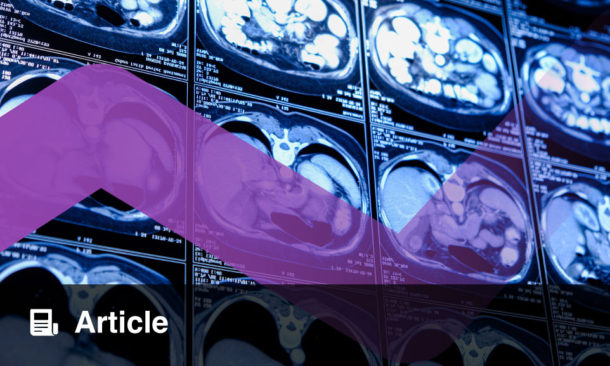A NEW study has shown that the left atrial minimum volume index (LAVImin), measured by cardiac MRI, independently predicted major adverse cardiovascular events (MACE) following acute myocardial infarction (AMI).
Researchers prospectively analysed 1,191 patients (mean age: 58 years; 1,007 males) who underwent percutaneous coronary intervention for AMI between February 2014–January 2024. Cardiac MRI was performed after treatment, and participants were followed for a median of 38 months. MACE outcomes included all-cause death, reinfarction, unplanned revascularisation, and hospitalisation for heart failure.
During follow-up, 183 individuals experienced MACE. Larger LAVImin values were strongly associated with worse outcomes, even after adjusting for established risk factors and cardiac MRI parameters. Each incremental rise in LAVImin conferred a greater likelihood of adverse events (hazard ratio: 1.06; 95% CI: 1.05–1.08; p < 0.001).
Receiver operating characteristic analysis confirmed the prognostic strength of LAVImin. Its discriminative ability for predicting MACE (area under the curve: 0.74) was significantly higher than that of other left atrial parameters, including maximum volume index (LAVImax: 0.65) and conduit strain (0.64). Furthermore, predictive models that combined traditional risk factors with LAVImin achieved better prognostic accuracy (C index: 0.75) than models incorporating LAVImax (0.72) or risk factors alone (0.69).
The left atrium serves as a reservoir and conduit for blood returning to the heart. Structural and functional changes in the atrium are known to reflect disease burden after myocardial infarction, but the minimum volume index, measured at the point of greatest emptying, has not been widely assessed until now.
This large, prospective analysis highlights the incremental value of LAVImin in post-AMI risk assessment. By providing superior discrimination over conventional markers, it could serve as an important imaging biomarker for guiding prognosis and follow-up strategies.
The study authors concluded: “LAVImin was an independent predictor of MACE after AMI, with incremental prognostic value and improved discriminative ability over traditional risk factors including cardiac MRI parameters.”
They added that incorporating LAVImin into clinical practice may improve risk stratification after AMI, helping to identify patients who require closer monitoring and more intensive management.
Reference
Wu J et al. Left atrial minimum volume index at cardiac MRI predicts adverse outcomes after acute myocardial infarction. Radiology. 2025;316(3):e250078.








